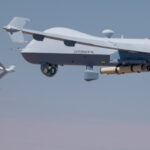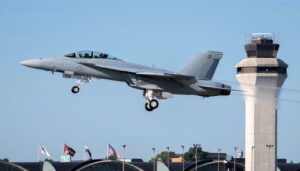
Raytheon Technologies [RTX] on Tuesday posted higher earnings and sales in its fourth quarter and full-year driven largely by gains in its business segments supporting the commercial aerospace market while results at the company’s defense businesses were mixed. Net income in the quarter more than doubled to $1.4 billion, 96 cents earnings per share (EPS), from $685 million (46 cents EPS) a year ago. Adjusted earnings, which exclude restructuring costs, acquisition accounting adjustments and non-recurring times, were $1.27 EPS in…

 By
By 











